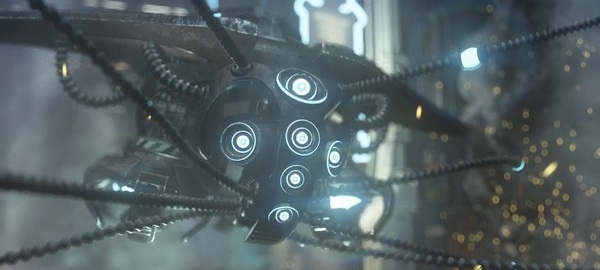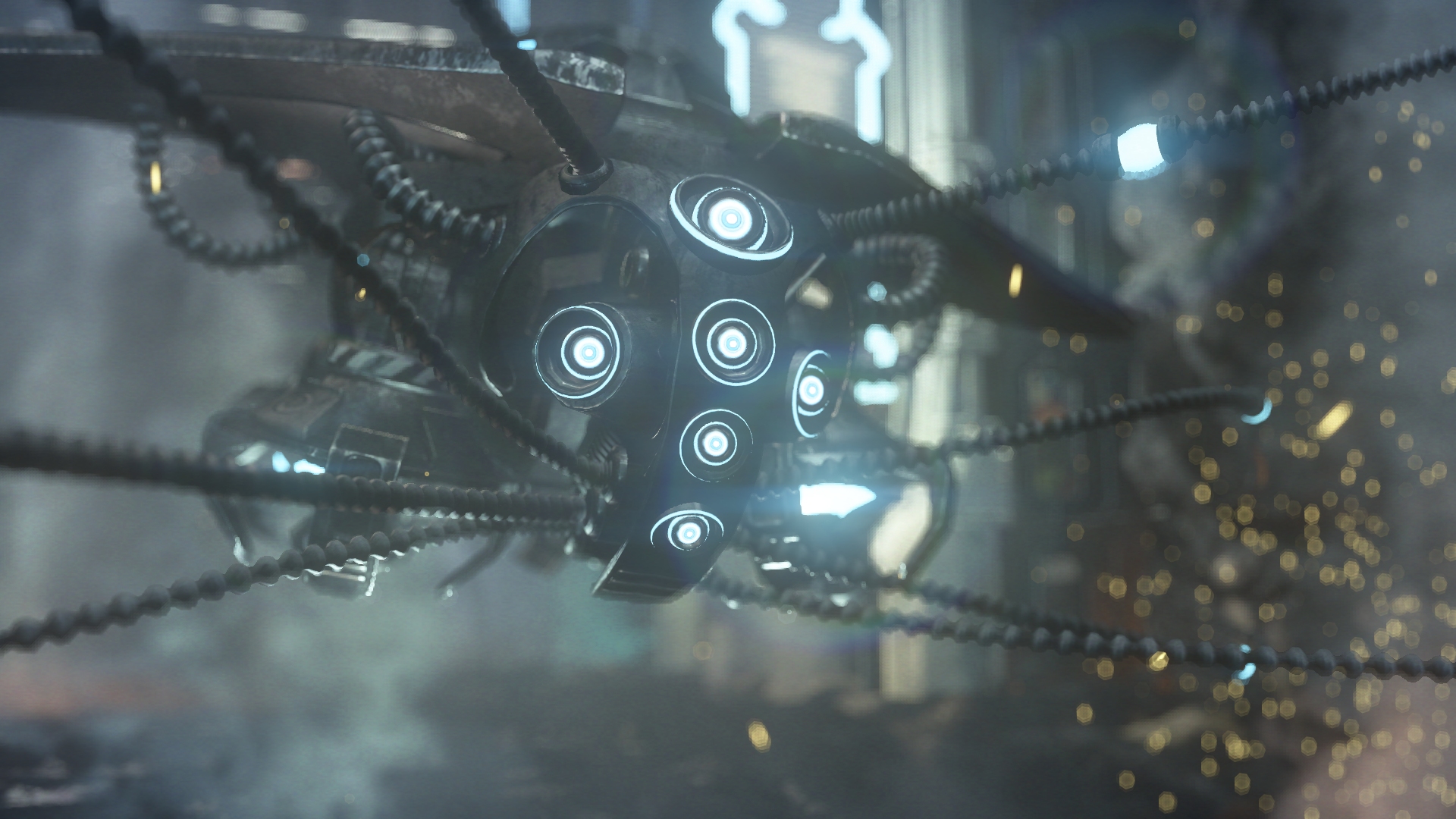Futuremark has just informed us about the next version of their amazing benchmark program, 3DMark, that is being used by millions of gamers, hundreds of hardware review sites and many of the world’s leading manufacturers to measure PC gaming performance. And since Futuremark is also developing games, we might see this engine powering one of the company’s future IPs.
Today, Futuremark unveiled 3DMark’s DirectX 11 tech demo that features intelligent tessellation and advanced volumetric lighting using real-time light scattering. The visible particles and clouds of smoke in the scene react to other objects using fluid dynamics simulation. Post processing, ambient occlusion and various lens effects complete the look. The music and audio design is by Pedro Macedo Camacho, who also created the soundtrack for 3DMark 11.
This next 3DMark will be the world’s first unified graphics benchmark allowing testing of DirectX 9, DirectX 10 and DirectX 11 capable hardware through the DirectX 11 API. This trailer provides a preview of the DirectX 11 test. It is a work-in-progress and does not respresent the final quality of the benchmark.
The new 3DMark is currently in development and is expected later in 2012 following the launch of Windows 8. Since the program will also be compatible with Windows 7 and Windows Vista, Futuremark is dropping the “3DMark for Windows 8” working title and instead referring to the new benchmark as 3DMark for Windows, or simply the next 3DMark, though these are working titles too.
Below you can find its first screenshot, as well as its debut trailer.
Enjoy!

John is the founder and Editor in Chief at DSOGaming. He is a PC gaming fan and highly supports the modding and indie communities. Before creating DSOGaming, John worked on numerous gaming websites. While he is a die-hard PC gamer, his gaming roots can be found on consoles. John loved – and still does – the 16-bit consoles, and considers SNES to be one of the best consoles. Still, the PC platform won him over consoles. That was mainly due to 3DFX and its iconic dedicated 3D accelerator graphics card, Voodoo 2. John has also written a higher degree thesis on the “The Evolution of PC graphics cards.”
Contact: Email


